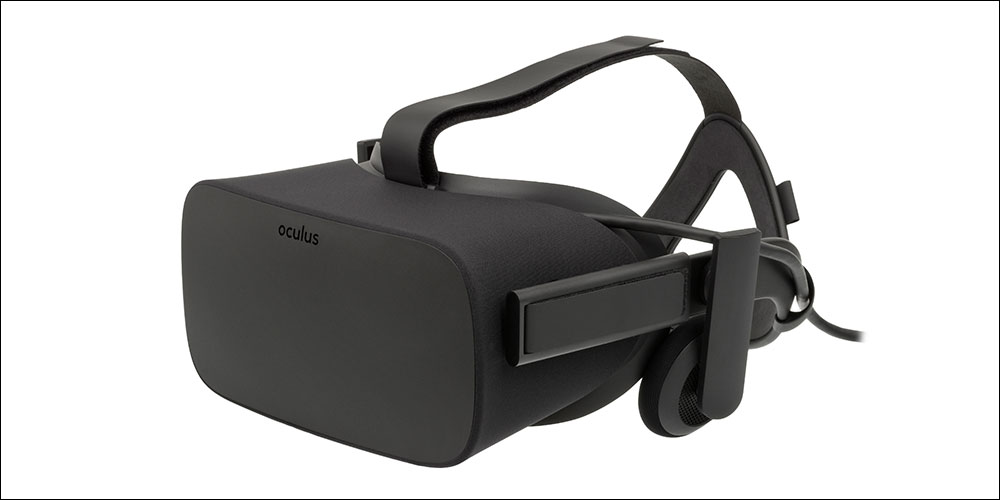MICROSOFT TEAMS NOW LETS SMALL BUSINESSES CHARGE FOR WEBINARS AND MORE
- 23 Mar - 29 Mar, 2024

Already well over two years old, the Oculus Rift promised to change the world of gaming forever when it launched in 2016, and while it hasn't quite done that quite yet, the VR landscape has slowly matured and becomes a more attractive proposition over time. The Oculus Rift has been given opportunities to spread its wings a bit – a number of high-profile games have launched on the hardware, and it's received motion controllers in the form of Oculus Touch. Another big change that's happened is that the Oculus Rift now requires Windows 10 to run all new and upcoming features and apps. What you'll get inside every Oculus Rift box is the headset itself, two Oculus Sensors, two Touch controllers, seven free VR apps (including Lucky's Tale and Robo Recall), and all the cables you need to hook up your headset. Take off the headset and the visor shuts off. Pick it up and put it on, and the screen will light back up. The external and internal sensors are pretty smart, thankfully, meaning you won't need to manually switch the headset on when you want to use it. Even though it pioneered the space, invested millions in developers and development and has a partnership with one of the foremost companies in the world, Oculus can't hold a candle to the HTC Vive, a system with sensors capable of room-scale VR that allow you walk around to naturally explore your virtual space in there. That said, even though it's not the absolute best headset on the market, the story of Oculus is and always will be an awe-inspiring one.
COMMENTS